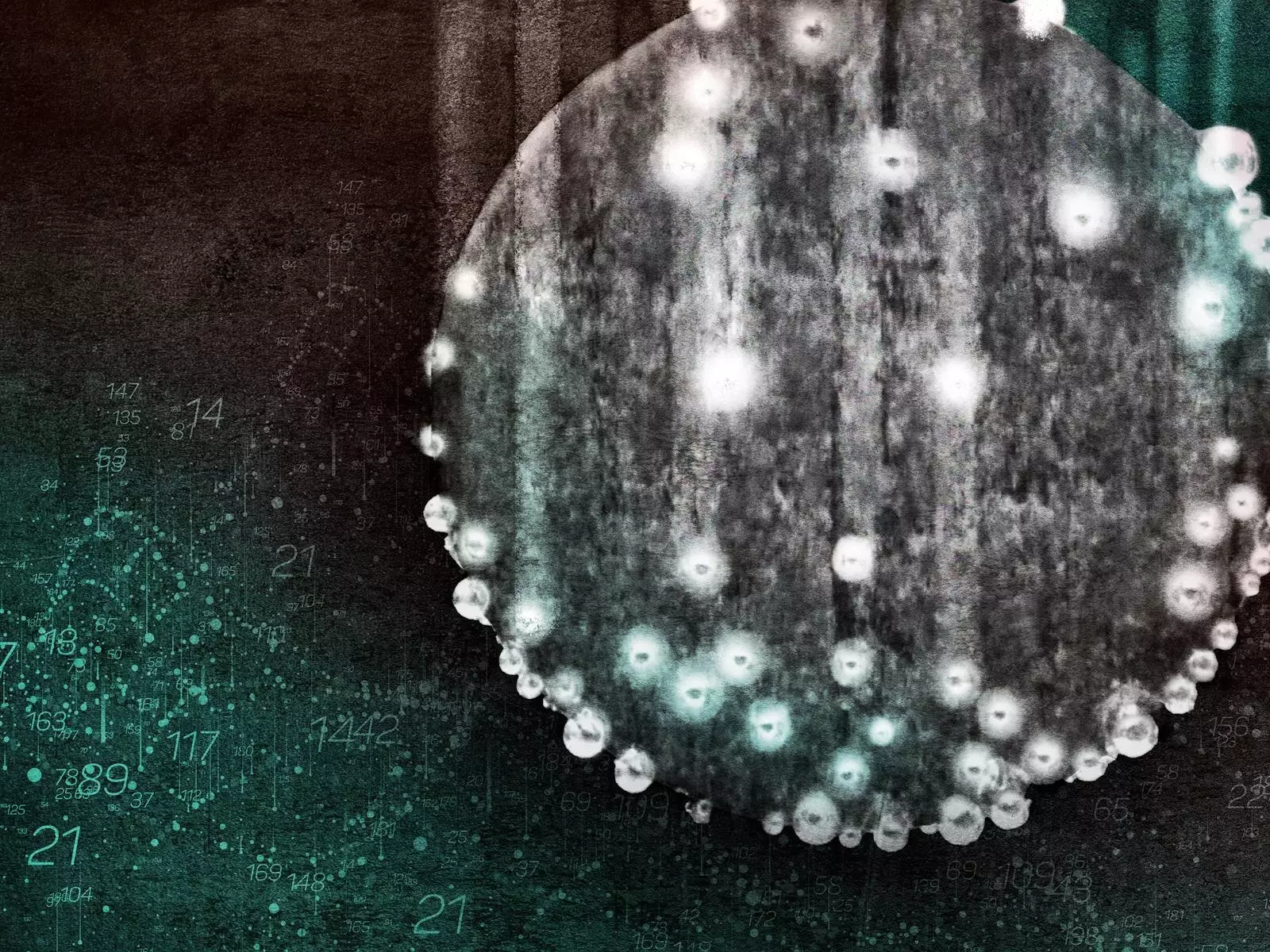In the realm of metalworking, researchers continue to push the boundaries of what is possible with new techniques such as Shear Assisted Processing and Extrusion (ShAPE) and friction stir welding. These innovative methods have allowed for the production of metal components that are not only lighter and stronger but also more precise than ever before. However, as we delve into these new frontiers of metalworking, it becomes increasingly crucial to have a deep understanding of the performance and properties of the resulting metals, as well as the bonds between them. One of the key challenges that researchers face in this field is the issue of corrosion, a process by which metals degrade over time.
Traditionally, methods for measuring corrosion have been limited to what is known as “cook-and-look.” This process involves taking a sample, immersing it in a specific medium, and then observing the corrosion that occurs over a set period of time. However, this approach has major disadvantages as it only allows for measurement at specific time intervals, leaving researchers to speculate about how corrosion initially began and propagated through the metal. Additionally, the process of repeatedly removing and reinserting the sample can lead to skewed results.
To address these limitations, researchers at Pacific Northwest National Laboratory (PNNL) have developed a groundbreaking new technique known as multimodal corrosion analysis. This innovative approach combines various tools such as sensors, cameras, electrodes, and a hydrogen collection tube to observe the progress of corrosion in real-time. By using these different modalities simultaneously, researchers can gain a much deeper understanding of how corrosion initiates and propagates in materials.
While multimodal corrosion analysis provides valuable insights at a macroscale level, the process of corrosion actually occurs at a much finer scale. To address this need for increased precision, scientists at PNNL have developed a new technique called scanning electrochemical cell impedance microscopy. This method allows for localized and time-dependent electrochemical measurements without interference from nearby regions, providing researchers with a detailed view of surface areas prone to corrosion.
The ability to analyze corrosion with such a high level of precision opens up a world of opportunities for researchers, particularly at PNNL where the focus is on producing and testing lightweight materials and joints for vehicle applications. Techniques like ShAPE and friction stir welding are being used to develop novel metal joints, and the new corrosion analysis methods are crucial for understanding how these joints will perform over time. For example, in the case of a friction stir scribe bond between magnesium and steel, researchers were able to observe a lower corrosion rate due to specific high-resistance pathways that emerged at the interface during processing.
The development of advanced techniques for monitoring and analyzing corrosion is playing a critical role in the advancement of metalworking technologies. By gaining a deeper understanding of how corrosion affects metals and metal bonds, researchers are able to design more durable and corrosion-resistant materials. This knowledge is essential for the development of cutting-edge applications in industries such as automotive manufacturing, aerospace, and beyond. As we continue to push the boundaries of what is possible with metalworking, a thorough understanding of corrosion will be key to unlocking new innovations and possibilities.


Leave a Reply